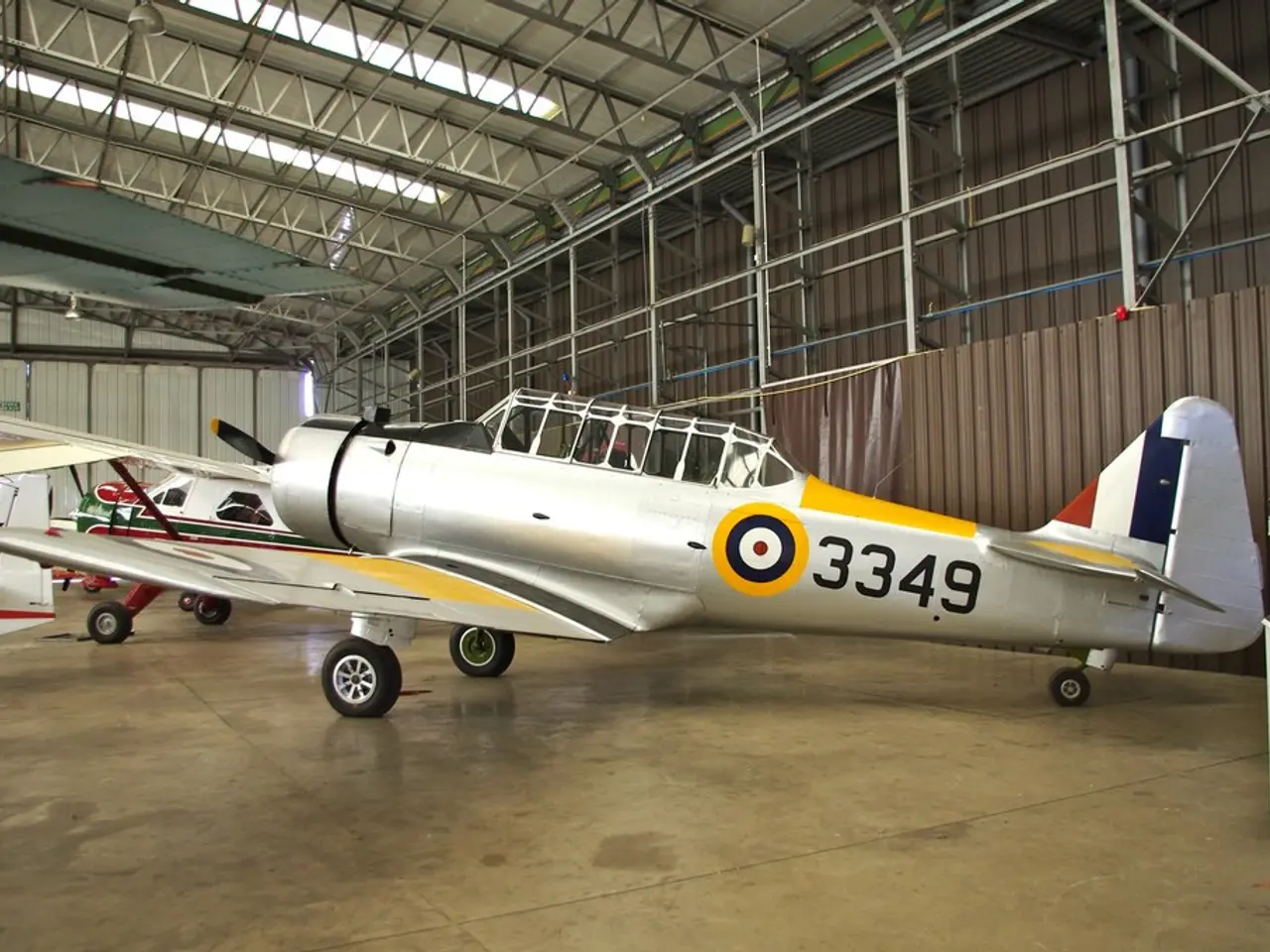SWIR Technology Offers New Insights into Unidentified Aerial Phenomena
Scientists are exploring the potential of Shortwave Infrared (SWIR) technology in the study of Unidentified Aerial Phenomena (UAPs). SWIR, part of the infrared spectrum between 0.9 to 3 micrometers, offers unique advantages for detecting and understanding these mysterious objects.
One challenge in UAP research is the variability in reports, including descriptions of UAPs being colder than their surroundings. Environmental interaction of a cold UAP with warm water might produce observable secondary effects like steam or mist. However, traditional heat-seeking missiles, which often employ Medium-Wave Infrared (MWIR) sensors, might not effectively detect these cold UAPs.
SWIR, on the other hand, can provide useful information. It can penetrate haze, fog, and smoke, making it valuable in remote sensing, night vision, and mineral identification. While SWIR imaging might not directly detect the temperature of a cold UAP, it can still provide insights based on reflectance and absorption. Combined data from multiple types of sensors, including radar and spectroscopy, can offer a more comprehensive understanding of a UAP's characteristics. Thermal imaging using MWIR or LWIR detectors can detect temperature differences between objects and their environment, complementing SWIR data.
In conclusion, SWIR technology, due to its ability to penetrate atmospheric obscurants and provide unique spectral information, holds promise in the study of UAPs. Combined with other sensors, it can help paint a more detailed picture of these phenomena, even when they are colder than their surroundings.
Read also:
- Transitioning to Electric Vehicles Places Heavy Demand on Power Grids
- E-mobility continues its progress after a decade since the scandal, staying on course
- The Commission deems the assistance program to be in agreement with the domestic market regulations.
- Innovative Garments and Accessories Producing Energy: Exploring Unconventional Sources for Renewable Power








